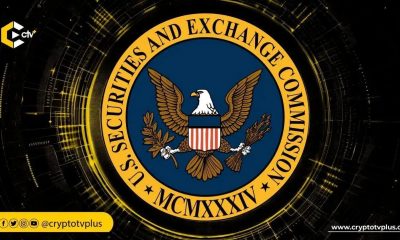News
BIS report warns inconsistent regulation threatens stablecoin usability

A BIS report warns that inconsistent regulation threatens stablecoin usability, and to ensure the seamless integration of stablecoins into the global financial system, standardized regulations are necessary.
In a survey covering 11 jurisdictions, the Bank for International Settlements (BIS) discovered that despite their potential, stablecoins face challenges due to fragmented international regulations.
While emphasizing the urgency of stablecoin regulation, the publication highlighted the risks posed by regulatory diversity, hindering their integration into the international financial system.
While regulatory approaches to stablecoins may vary across jurisdictions, the BIS report observed that many share commonalities in their strategies for authorization, reserve requirements, risk management, and anti-money laundering (AML) measures.
However, differences in how stablecoin issuances are structured may subject them to regulation under banking, securities, commodities, or payment system frameworks.
Moreover, disparities exist in the specifics of regulations, redemption policies, and the definition of stablecoins.
For instance, while certain jurisdictions treat algorithmic stablecoins, which lack pegs to external assets, similarly to fiat-pegged stablecoins, others like the United Kingdom, Japan, and Singapore have separate regulations for them.
In other news, the Basel Committee has proposed maturity limits for stablecoin reserve assets.
Conversely, jurisdictions within the United Arab Emirates prohibit them entirely. The report said:
“Differences appear to be largely driven by the variety of stablecoin design features, perceived risks associated with their issuance, and the nature of the issuing entity. […] The resulting fragmentation may pose significant challenges for an integrated financial system.”
Divergent approaches may dictate various methods of segregating reserves, entrusting them to custodians with different mandates, or, as seen in the U.K., placing them within a statutory trust. Furthermore, audit and liquidity standards exhibit significant discrepancies across jurisdictions.
While technological and cybersecurity standards generally display more consistency, there remains a need for further exploration into how stablecoins interact with central bank digital currency, tokenized deposits, and other digital assets.
After BIS released recommendations on stablecoin regulation in February, the report emphasized the need for governments to collaborate and tackle concerns related to disclosure, risk management, redemption, and other key areas.
As stablecoin regulation continues to be a topic of global discussion, several international organizations have ramped up their efforts to introduce regulatory policies.
The International Monetary Fund (IMF), the Financial Stability Board (FSB), the Financial Action Task Force (FATF), the Basel Committee on Banking Supervision (BCBS), and the International Organization of Securities Commissions (IOSCO) have all weighed in on stablecoin regulation, seeking to advance their respective agendas and ensure the safety and stability of the global financial system.
























